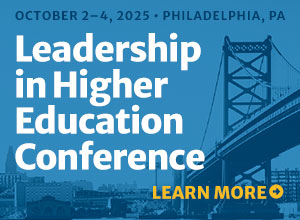How to Encourage Faculty to Adopt Open Educational Resources
The growth of open educational resources (OER) may prove transformative in the way online learning has been. Textbook costs have skyrocketed to the point that finding an alternative is no longer simply an issue of saving students money but of preserving educational outcomes as students forgo textbooks they cannot afford....
Curt Bonk Talks about Open Education
Open education really breaks into two forms: open courses and open resources. Open courses are the MOOCs hosted on Coursera, EdX, and elsewhere. Open courses allow higher education to advance its fundamental mandate of serving the public good by making its faculty expertise freely available to the world. By contrast,...
The (Surprising) Benefits of e-Textbooks: A Study
In recent years, the soaring cost of college textbooks has added a new and significant financial burden to the rising costs of tuition for students. In the face of this reality, many students simply forgo textbook purchases. One study found that fewer than half of students purchase textbooks for their...





